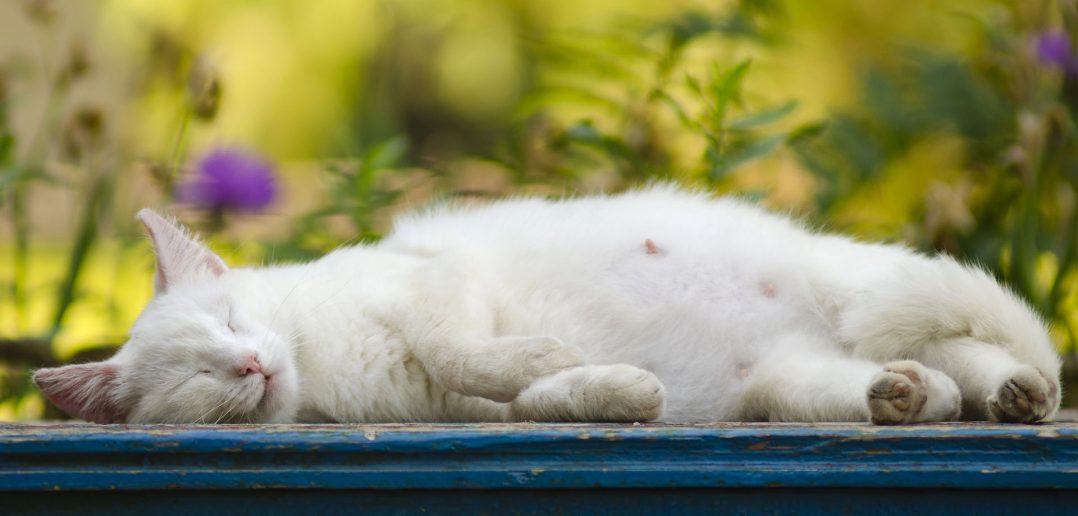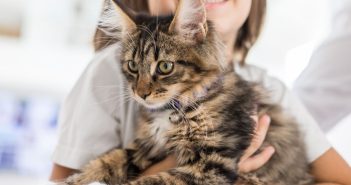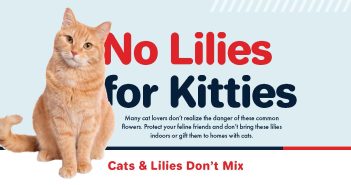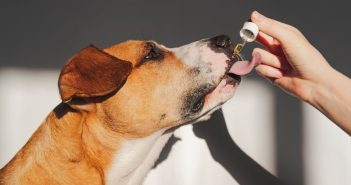Pregnancy is a demanding time for any cat, and meeting her nutritional needs is one of the best ways you can support her and her developing kittens. But what exactly should a pregnant cat eat?
Veterinary nutritionists and experienced breeders generally agree on a few key principles: higher calorie intake, increased protein, and balanced nutrition. Most of the time, that means switching to kitten food, even before the kittens arrive.
Let’s walk through the best practices for feeding a pregnant cat from early pregnancy through nursing and weaning.
What Should a Pregnant Cat Eat?
The short answer: kitten food.
Commercial kitten formulas are higher in calories, protein, and fat, exactly what a pregnant cat needs to support fetal growth and prepare for the calorie demands of nursing.
According to VCA Animal Hospitals, pregnant cats should be fed a high-quality kitten or growth formula that meets AAFCO standards for “growth” or “all life stages.” These diets ensure proper energy, protein, calcium, and other essential nutrients.
Look for foods that meet the Association of American Feed Control Officials (AAFCO) standards for growth or all life stages. These formulations ensure that the diet provides the necessary nutrients for both the mother and her developing kittens.
In other words, look for a complete and balanced kitten food labeled for “growth” or “all life stages.” These are formulated to meet the nutritional needs of both growing kittens and pregnant or lactating queens.
Pregnant cats are often referred to as queens—a term used for any intact (unspayed) adult female cat. You’ll often hear it in veterinary and breeder circles, especially when discussing reproduction and care.
When to Start the Transition
Once pregnancy is confirmed (usually around week 3), gradually transition her to kitten food over 7 to 10 days. If you’re intentionally breeding, it’s ideal to begin the transition before mating to support her from the very start. A solid food transition schedule might look something like this:
- Days 1–3: 25% kitten food, 75% adult food
- Days 4–6: 50/50 mix
- Days 7–9: 75% kitten food, 25% adult food
- Day 10 onward: 100% kitten food
Why Adult Maintenance Isn’t Enough
Adult maintenance cat food—especially formulas not labeled for “all life stages”—typically doesn’t provide enough calories or nutrients for a pregnant or nursing cat. Without proper support, queens may become underweight or struggle to produce enough milk after delivery.
According to Cornell Feline Health Center, pregnant and nursing cats should be fed a kitten formula or a diet labeled for all life stages to meet their increased nutritional needs.
Recommended Kitten Foods for Pregnant Cats
Here are a few top-rated kitten foods that meet the nutritional needs of pregnant and nursing cats:
Royal Canin Mother & Babycat Dry Cat Food
Designed specifically for pregnant and nursing cats, as well as kittens up to 4 months old. This formula features small, easy-to-chew kibble and includes DHA to support brain development. It’s enriched with antioxidants and vitamins to bolster the immune system.
Royal Canin Feline Health Nutrition Mother & Babycat Ultra Soft Mousse in Sauce Wet Cat Food
Ideal for pregnant cats and kittens transitioning from milk to solid food, this wet food offers a soft mousse texture and includes DHA to support cognitive development.
Hill’s Science Diet Kitten Healthy Development Chicken Recipe Dry Cat Food
Formulated for kittens and pregnant or nursing cats, this diet provides balanced nutrition with high-quality protein, DHA from fish oil for brain and eye development, and a blend of antioxidants for a healthy immune system.
Purina ONE +Plus Healthy Kitten Muscle Vision & Brain Development Natural Dry Cat Food
This formula includes DHA for brain and vision development, real chicken as the first ingredient, and a blend of vitamins and minerals to support overall health.
What About Raw or Homemade Diets?
Some breeders support raw feeding or homemade meals, but these approaches come with risks. Without careful formulation, they can lead to nutritional imbalances, and improperly handled raw meat may contain harmful bacteria like Salmonella or Listeria.
If you’re considering these alternatives, consult a veterinary nutritionist to ensure safety for both mother and kittens.
Feeding Tips During Pregnancy
- Feed multiple small meals throughout the day, especially in late pregnancy when her stomach space is limited.
- Free-feeding (leaving dry food out) may be appropriate if she prefers grazing.
- Avoid treats and table scraps that dilute nutritional intake.
- Always provide fresh, clean water.
Appetite Changes Before Labor
It’s normal for a queen to stop eating 24 to 48 hours before giving birth. This is a common sign that labor is imminent.
Her appetite should return within 24 hours after delivery. If she continues refusing food or seems lethargic, contact your veterinarian.
Post-Birth: What to Feed a Nursing Cat
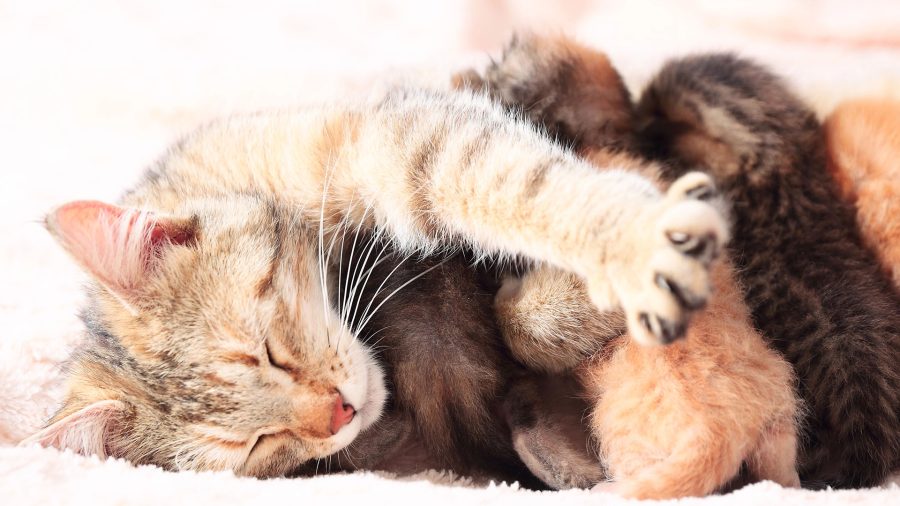
Lactation requires even more calories than pregnancy, sometimes 2 to 3 times her normal intake. Continue feeding kitten food while she’s nursing, as her body is working hard to produce milk for the litter.
Make sure food and water are easily accessible at all times.
When to Switch Back to Adult Food
Once the kittens are fully weaned (usually around 8–10 weeks), you can begin gradually transitioning her back to adult cat food over 7–10 days, just like you did at the beginning of pregnancy.
Pregnant Cat Diet Checklist
| Item | Yes / No |
|---|---|
| Kitten Food | Recommended |
| High-Calorie Diet | Required |
| Adult Maintenance Food Only | Not Enough |
| Raw Diet (without guidance) | Risky |
| Homemade Meals (without guidance) | Not Advised |
Feeding a pregnant cat isn’t just about giving more food, it’s about providing the right kind of nutrition. A high-quality kitten food diet, access to clean water, and regular vet check-ins can help ensure a smooth pregnancy and healthy kittens.

